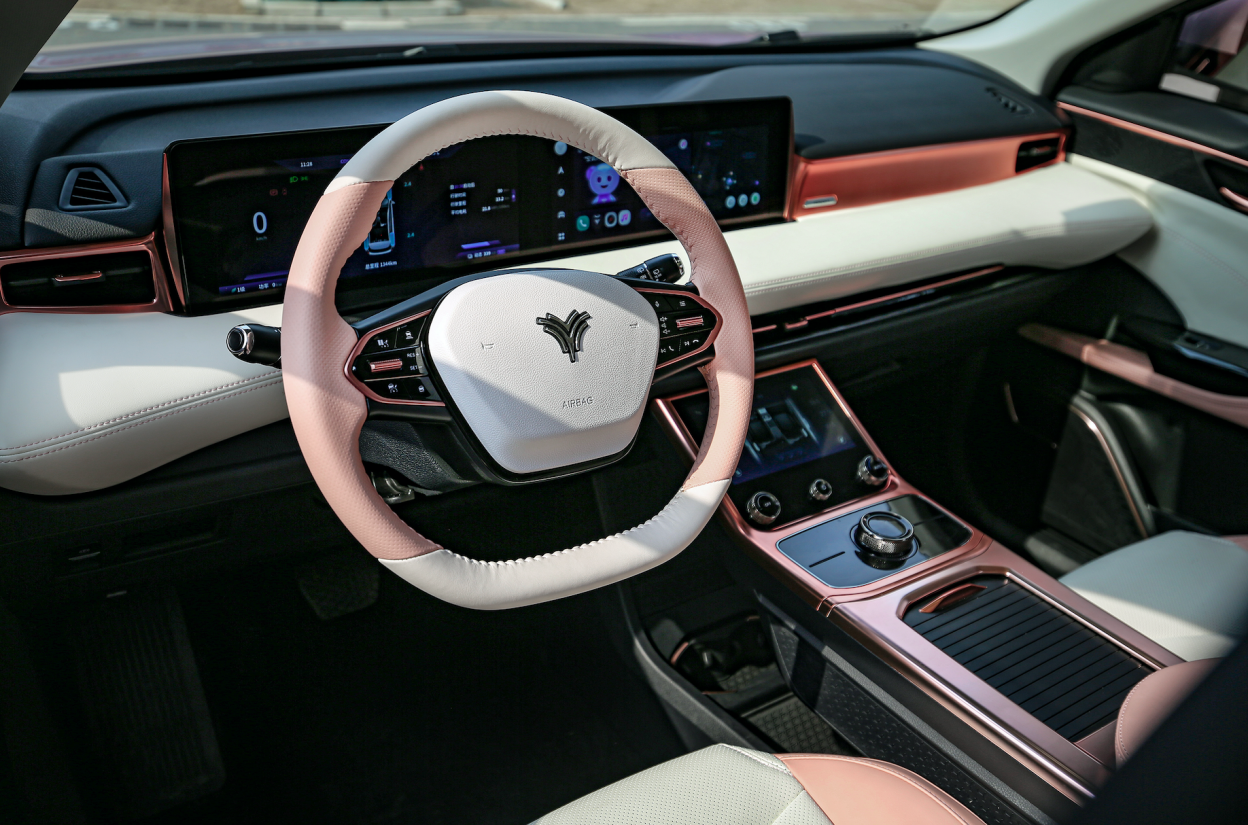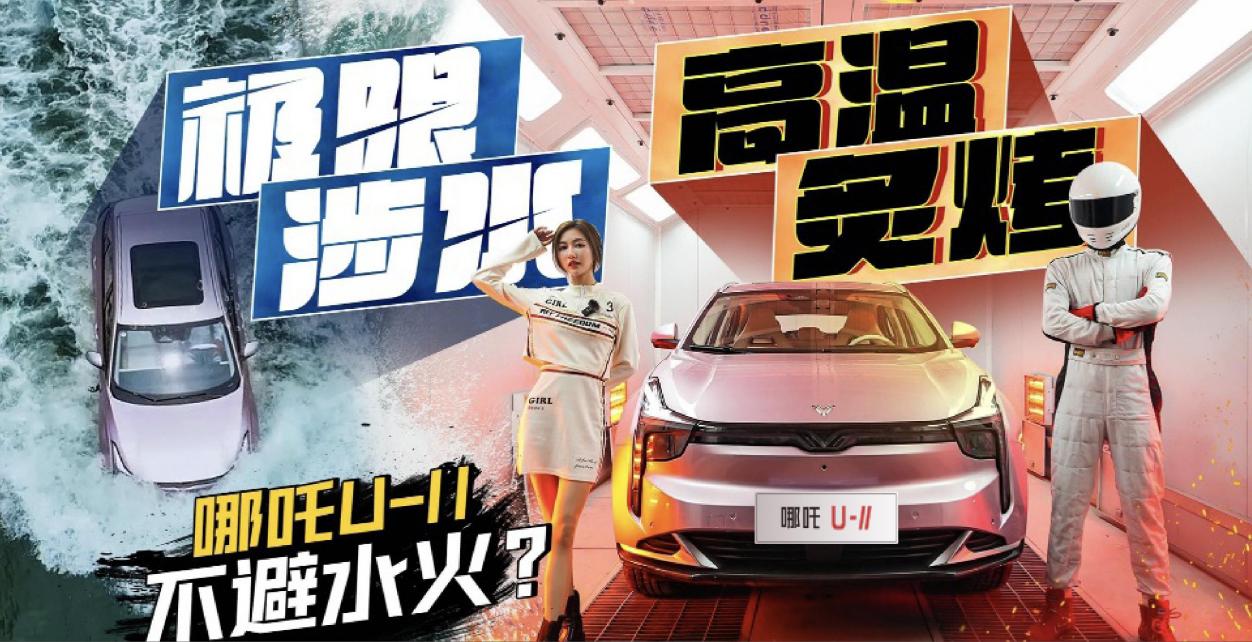Recently, the NETA U-II successfully completed the “water depth 300 mm high-speed obstacle course and high-temperature 50°C grueling baking test”, setting new industry records in the 150,000-level intelligent electric vehicle market segment.

The NETA U-II is equipped with waterproof protection for its core components, resulting in an IP67 waterproof safety rating, and has passed the new energy vehicle Shanghai standard. Under conditions of 300 mm water depth, a speed of 40 km/h, and a water crossing length of 800 meters, the vehicle’s power output and infotainment system remained unaffected.


Even under extreme weather conditions, the NETA U-II’s insulation monitoring technology continuously monitors the vehicle’s insulation status. If high-voltage connectors are penetrated by water, leading to a decrease in insulation performance or a complete loss of insulation, the vehicle will automatically shut off the high-voltage system.


Thanks to the Qualcomm Snapdragon 8155 chip, the NETA U-II has a higher level of extreme environment tolerance and a longer service life. The Snapdragon 8155 chip is an upgraded version of the mobile platform Snapdragon 8155. “Automotive-grade” electronic components require high manufacturing standards and must undergo rigorous high-temperature and low-temperature tests, as well as severe vibration, impact, and humidity bench tests.

In high-temperature environments, the NETA U-II uses an active cooling fan to keep the infotainment system at optimal working conditions. Comparing the results before and after the high-temperature test, the time difference for the NETA U-II to complete seven voice interaction tasks was only slightly over one second. In less than 43 seconds and under temperatures exceeding 50°C, the NETA U-II carried out seven commands. With the help of the 8155 chip, the NETA AI voice assistant supports visual-to-speech interaction and achieves wake-up response time < 300 ms and online command average response speed < 1.8 s.


NETA U-II features an internationally renowned component brand, Bosch’s blower, which offers significant advantages in terms of airflow, reliability, and quietness compared to other brands. As a result, NETA U-II demonstrates almost identical cooling performance under high and normal temperatures during the test.
NETA U-II also thoughtfully incorporates an in-car vital signs monitoring system that automatically detects changes in air concentration as occupants breathe when the vehicle is closed. When an anomaly is detected, the system alerts the owner via mobile app, SMS, or call, and automatically lowers the windows and activates the air conditioning’s external circulation ventilation to prevent accidents.
NETA U-II is designed following C-NCAP five-star safety standards, featuring a three-ring, four-longitudinal, and five-lateral cage structure and using >75% high-strength steel. In the event of a collision, this design effectively preserves the integrity of the passenger compartment, reducing injury.

NETA U-II also employs forward-looking technology with the optional Horizon Robotics®3 high-performance in-vehicle intelligent chip. With an AI computing power of 5 TOPS, it can easily process multi-channel sensor data, working alongside 22 intelligent sensing hardware components to deliver 22 L2.5+ level advanced driver assistance system (ADAS) features, including forward collision warning (FCW) and automatic emergency braking (AEB).

As an electric vehicle, the reliability of the electric system is a crucial factor in assessing safety. NETA U-II’s battery boasts an IP67 dust and water resistance rating. In terms of power control, the vehicle adopts a proprietary H-EPT3.0 battery temperature management system that consumes less than 3% of battery capacity for cooling under high-temperature conditions and self-heats under low temperatures to increase the range by approximately 5%. Additionally, the system offers overcharge protection and intelligent range management features; and in terms of safety, it provides excellent protection with high-temperature insulation, high-voltage interlock, thermal failure management, and collision safety dimensions.

This article is a translation by ChatGPT of a Chinese report from 42HOW. If you have any questions about it, please email bd@42how.com.
